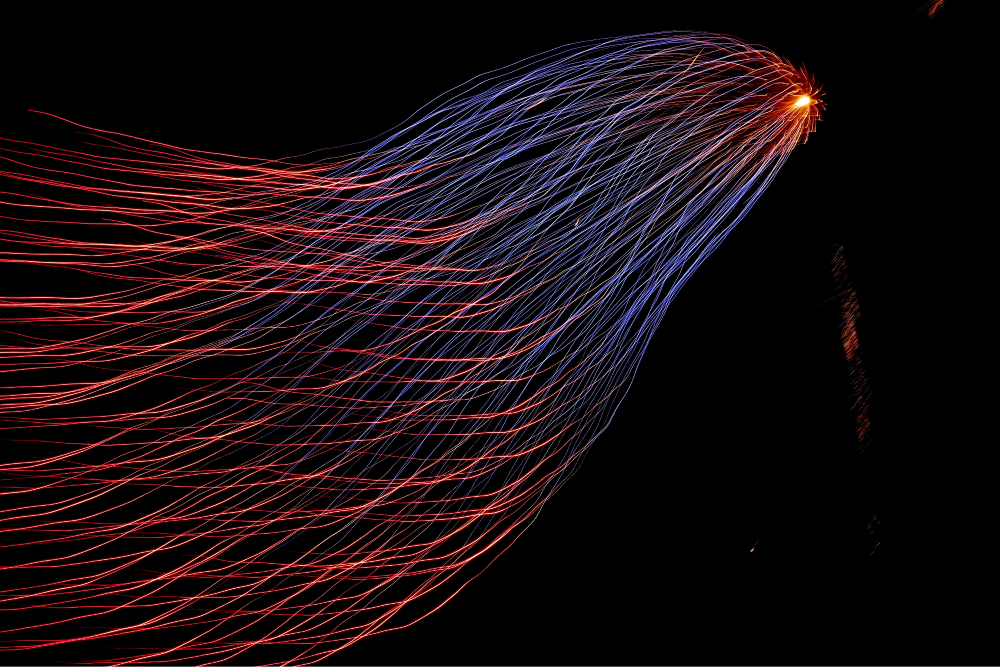786 Fuel acts as Owner’s Project Manager and Owner’s Engineer on gas turbine projects. Part of this involves providing ongoing development services.
786 Fuel also designs gas turbine systems as part of peaking plants and standalone and combined cycle gas turbine power stations that help improve grid stability and handle load variability.
A gas turbine system is designed to provide additional electricity generation during periods of high demand or peak load. Key elements of an energy peaking plant include:
Gas turbine systems in energy peaking plants provide quick-start, flexible, and reliable power generation to meet peak electricity demand.
Their ability to respond rapidly to changes in demand makes them well-suited for balancing the grid and supporting the integration of intermittent renewable energy sources.

Key components and operations involved in standalone gas turbine systems are:
Standalone gas turbine power stations have the advantage of quick start-up and rapid response to changes in electricity demand.
Gas turbines can achieve full power output within minutes, allowing the power station to respond swiftly to increasing demand or compensate for fluctuations in renewable energy sources.


A combined cycle gas turbine (CCGT) power station combines a gas turbine with a steam turbine to improve overall plant efficiency.
Key components and operations involved in standalone gas turbine systems include:
Combined cycle gas turbine power stations offer improved efficiency and lower emissions compared to standalone gas turbine plants.
The integration of a steam turbine and heat recovery system allows for the effective utilisation of waste heat, maximising electricity generation from the same fuel input.
An Owner’s Project Manager (OPM) represents the project owner’s interests and oversees the successful delivery of the project.
The OPM acts as the owner’s representative and provides project management services throughout the project lifecycle.
The OPM facilitates effective communication and collaboration among project stakeholders, including the owner, project team, regulatory authorities, community groups, and other relevant parties. They manage stakeholder expectations, address concerns, and ensure that all stakeholders are informed and engaged throughout the project.
The OPM oversees the project closeout process, ensuring that all project deliverables are completed, contracts are closed, and necessary documentation is obtained. They facilitate the handover of the project to the owner, including conducting final inspections, verifying completion of punch-list items, and coordinating training and transition activities.
The OPM assists the owner in defining project goals, objectives, and strategic direction. They work closely with the owner to develop a project plan, including scope, budget, schedule, and quality requirements. The OPM helps establish project milestones and performance metrics to ensure project success.
The OPM assists the owner in preparing and managing contracts with various project stakeholders. This includes reviewing and negotiating contracts, ensuring compliance with regulatory requirements, and managing change orders and contract amendments. The OPM helps protect the owner's interests and ensures that contractual obligations are fulfilled.
The OPM helps the owner in selecting the project team, including architects, engineers, contractors, and other consultants. They assist in the procurement process, reviewing proposals, and making recommendations for team selection. Throughout the project, the OPM coordinates and manages the project team, facilitating effective communication and collaboration.
The OPM ensures that the project meets the owner's quality requirements and adheres to relevant standards, codes, and regulations. They establish quality assurance processes, conduct inspections, and oversee testing and commissioning activities to verify compliance. The OPM may also coordinate with regulatory authorities to obtain necessary permits and approvals.
The OPM assists the owner in establishing a realistic project budget and monitoring costs throughout the project lifecycle. They review and analyze cost estimates, track expenses, and manage the budget to ensure financial accountability. The OPM helps identify cost-saving opportunities, manages cost variances, and provides financial reporting to the owner.
The OPM develops and maintains the project schedule, working with the project team to identify critical milestones and sequencing of activities. They proactively manage risks and develop strategies to mitigate potential issues that may impact project timelines. The OPM monitors progress, identifies schedule risks, and implements corrective actions to keep the project on track.
The OPM establishes project controls systems to monitor progress, manage risks, and track performance against established project metrics. They implement reporting mechanisms to provide regular updates to the owner on project status, including budget, schedule, quality, and any issues or concerns that arise. The OPM identifies potential risks and helps develop strategies for their mitigation.
In renewable energy generation, grid stability and load variability are significant factors that need to be addressed.
Grid stability is the ability of an electrical grid to maintain a constant frequency and voltage within acceptable limits.
Traditional power systems have relied on centralised fossil fuel power plants that can be easily controlled to provide stable electricity.
However, with the integration of renewable energy sources like solar and wind, which are inherently intermittent and variable, maintaining grid stability becomes more challenging.
Here’s why grid stability is important:
Fluctuations in power supply from renewable sources can lead to frequency variations in the grid. Grid operators need to maintain a constant frequency to ensure the reliable operation of electrical devices.
Renewable energy sources can also impact voltage levels in the grid due to their variable output. Voltage needs to be maintained within specified limits to ensure the proper functioning of electrical equipment and to avoid damage to devices connected to the grid.
Grid stability is crucial for ensuring the resilience and reliability of the overall electrical grid. A stable grid can better withstand disturbances such as sudden changes in demand, equipment failures, or natural disasters.
Load variability refers to fluctuations in electricity demand over time. In traditional power systems, electricity demand is relatively stable and predictable.
However, the integration of renewable energy sources introduces greater variability into the grid due to their intermittent nature.
Here’s why load variability is significant:
To ensure a reliable and stable electricity supply, the generation must match the load at all times. Load variability can pose challenges in balancing supply and demand, especially when renewable energy sources experience sudden changes in output due to factors like cloud cover or wind fluctuations.
Load variability requires grid operators to have flexible resources that can ramp up or down quickly to match the changing demand. Flexibility can be achieved through the use of energy storage systems, flexible power generation technologies, demand response programs, and interconnections with other grids.
Load variability needs to be considered during grid planning to ensure that the infrastructure can accommodate and integrate renewable energy sources effectively. This involves assessing the capacity of transmission lines, distribution systems, and generation resources to handle the variability and uncertainty associated with renewable energy generation.